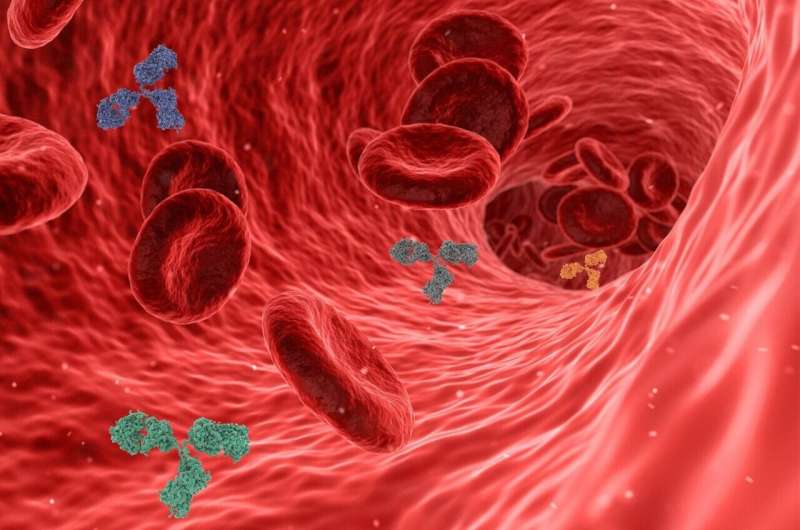New studies support use of drug-coated balloons over bare metal stents in treating femoropopliteal lesions

New research published in the Journal of the American College of Cardiology shows the use of drug-coated balloons is a better approach than using bare metal stents in treating femoropopliteal lesions.
In the paper entitled "Drug-coated Balloons versus Bare Metal Stents in Femoropopliteal Lesions: Three-Year Results of Prospective, Multicenter Studies" researchers reported outcomes testing drug-coated balloons (DCB) versus bare metal stents (BMS) in a propensity-adjusted, pooled analysis of four prospective, multicenter trials.
"While stents provide immediate scaffolding and excellent periprocedural luminal gain in femoropopliteal artery lesions, in-stent restenosis can worsen outcomes and challenge subsequent treatment," said lead author Mehdi Shishehbor, DO, MPH, Ph.D., President of University Hospitals Harrington Heart & Vascular Institute, and Angela and James Hambrick Chair in Innovation. "Endovascular treatment of femoropopliteal artery disease has shifted toward drug-coated balloons, but there wasn't much data available regarding the safety and efficacy of this approach compared to bare metal stents."
The primary analysis included 771 patients, 288 treated with DCB and 483 treated with BMS. The IPTW-adjusted Kaplan-Meier estimates of 12-month primary patency was 90 percent for DCB and 80 percent for BMS. DCB fare better for clinically driven target lesion revascularization at 85 percent compared to 73 percent with BMS. DCB had a 25 percent cumulative incidence of 36-month major adverse events (MAE) while BMS had 38 percent. There were no statistically significant differences observed in all-cause mortality, target limb major amputation, or thrombosis through 36 months.
With significantly higher 12-month patency and freedom from 36-month clinically driven reintervention and MAE, and no statistically significant differences in 36-month all-cause mortality, amputation, or thrombosis observed, these results support the use of DCB over BMS in femoropopliteal lesions amenable to both treatments.
"This research clearly shows what approach will have the most success in our patients which is what we set out to discover," said Dr. Shishehbor.
"Drug-coated Balloons versus Bare Metal Stents in Femoropopliteal Lesions: Three-Year Results of Prospective, Multicenter Studies" is available to read in its entirety in the Nov. 1, 2022 online issue of Journal of the American College of Cardiology.
More information: Mehdi H. Shishehbor et al, Comparison of Drug-coated Balloons versus Bare Metal Stents in Patients with Femoropopliteal Arterial Disease, Journal of the American College of Cardiology (2022). DOI: 10.1016/j.jacc.2022.10.016




















